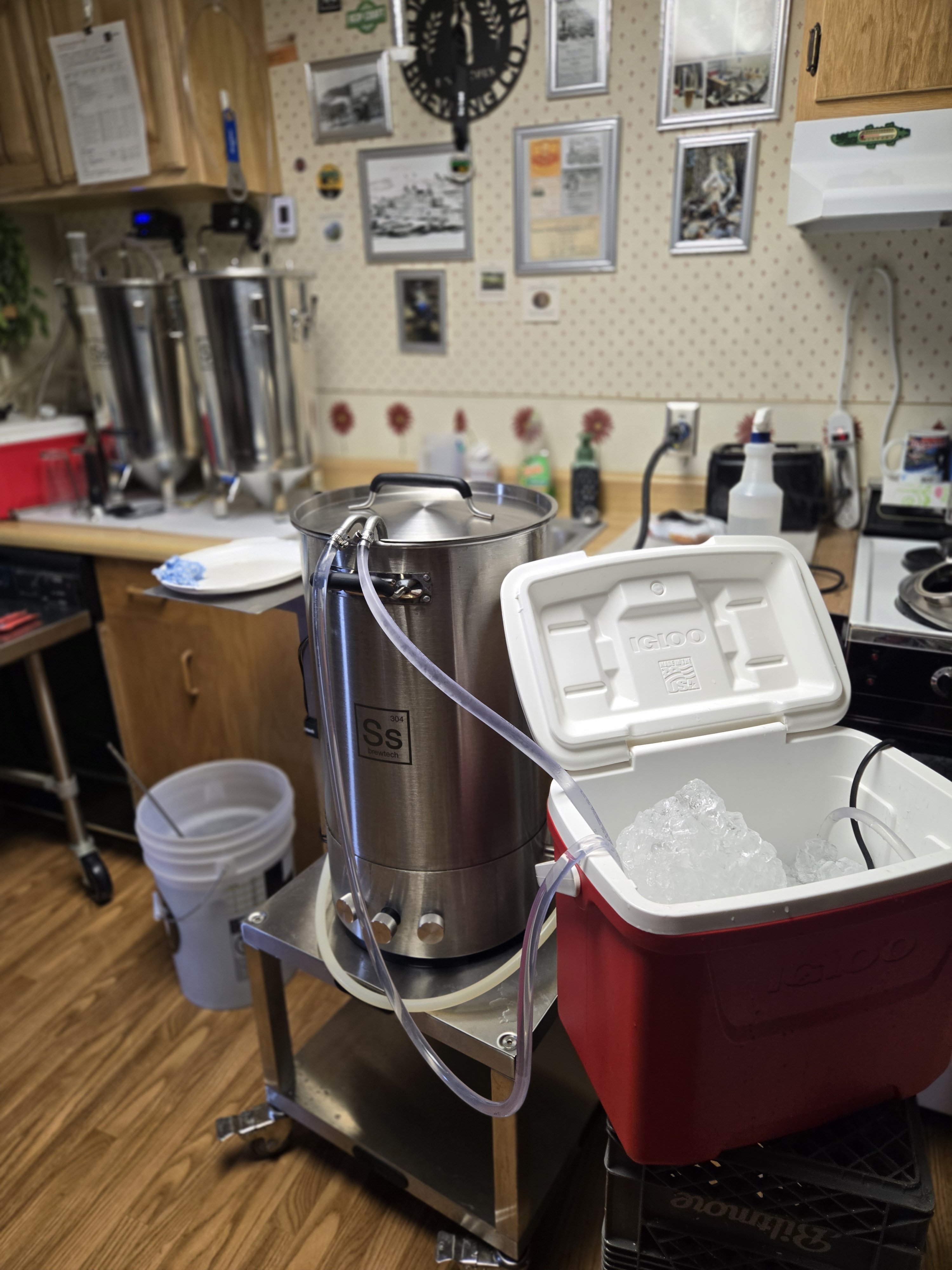Very new to brewing (4 total batches, 2 all-grain). I have the Grainfather G40 with a conical fermenter w/ a gylcol chiller. I have a few questions I can't seem to find a good answer to..
What I've been doing is after the boil, waiting about 10-15m for the wort to cool a few degrees passively and then transferring it to the fermenter directly. I whirlpool fairly aggressively with a paddle during that time to cool it off (& b/c I read it somewhere). I'm in TX so my groundwater is hot right now so it generally gets in the fermenter at about 90 degrees. I put the lid & airlock on the fermenter, turn on the chiller, wait 60-90 minutes, and pitch the yeast when it hits ~70
1. I've read that hot side aeration is bad but also to whirlpool at the end. Should I be whirlpooling "less" aggressive? My G40 has a false bottom so it does a good job at filtering out trub.
2. Is what I'm doing with the fermenter ok or is that too fast? I've seen people who wait an hour and then some say 20 minutes is too long. Should I try to cool the entire kettle down to 85 degrees (or lower) first before transferring back into the kettle?
What I've been doing is after the boil, waiting about 10-15m for the wort to cool a few degrees passively and then transferring it to the fermenter directly. I whirlpool fairly aggressively with a paddle during that time to cool it off (& b/c I read it somewhere). I'm in TX so my groundwater is hot right now so it generally gets in the fermenter at about 90 degrees. I put the lid & airlock on the fermenter, turn on the chiller, wait 60-90 minutes, and pitch the yeast when it hits ~70
1. I've read that hot side aeration is bad but also to whirlpool at the end. Should I be whirlpooling "less" aggressive? My G40 has a false bottom so it does a good job at filtering out trub.
2. Is what I'm doing with the fermenter ok or is that too fast? I've seen people who wait an hour and then some say 20 minutes is too long. Should I try to cool the entire kettle down to 85 degrees (or lower) first before transferring back into the kettle?
























![Craft A Brew - Safale S-04 Dry Yeast - Fermentis - English Ale Dry Yeast - For English and American Ales and Hard Apple Ciders - Ingredients for Home Brewing - Beer Making Supplies - [1 Pack]](https://m.media-amazon.com/images/I/41fVGNh6JfL._SL500_.jpg)

































